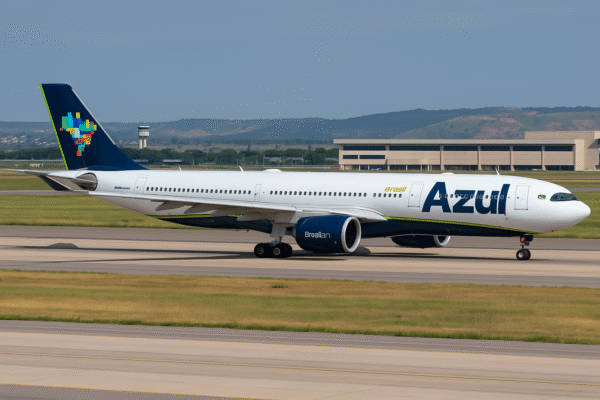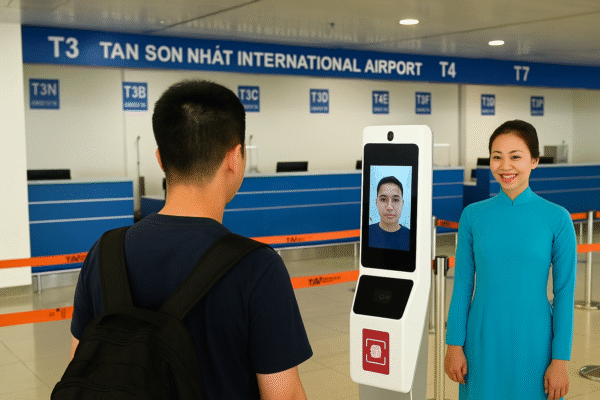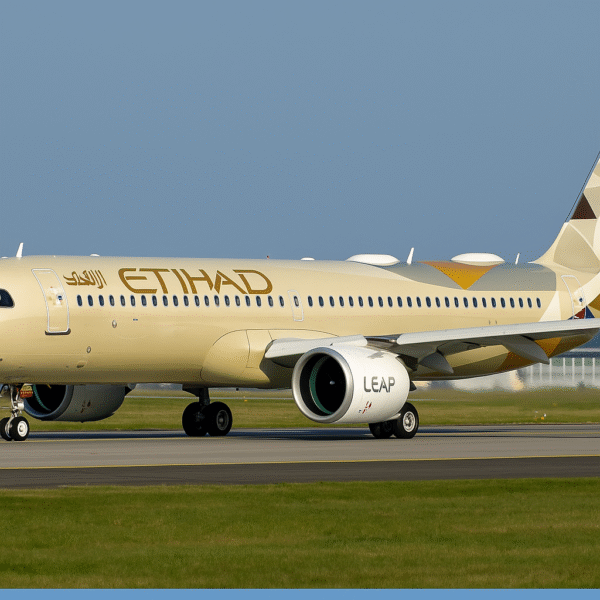In a strategic move to reshape premium travel, Etihad Airways has begun an ambitious fleet expansion with the acquisition of 30 Airbus A321LR aircraft, setting a new standard in long-range narrowbody aviation. The first of these modern jets has already been delivered, marking a significant shift in the airline’s growth strategy that prioritizes luxury, fuel efficiency, and versatile connectivity.
Etihad, headquartered in Abu Dhabi, aims to redefine the global air travel experience by leveraging the advanced capabilities of the A321LR—a long-range variant of the popular A321neo aircraft. This decision allows the airline to offer enhanced point-to-point international services, especially on medium-haul routes where deploying widebody aircraft would be inefficient or unsustainable.
A Strategic Shift in Premium Aviation
Traditionally known for operating widebody aircraft such as the Boeing 787 Dreamliner and Airbus A380, Etihad’s shift toward a three-class narrowbody model with the A321LR is an industry game-changer. The configuration—offering First, Business, and Economy Class—mirrors the comfort of larger jets while maximizing route flexibility.
According to Etihad CEO Antonoaldo Neves, the A321LR “opens new opportunities to enhance regional and intercontinental connectivity, particularly between India and Europe.” Speaking during the aircraft unveiling, Neves emphasized that the initiative is about “more than just planes—it’s about reimagining the passenger experience.”
A321LR: Fuel-Efficient, Long-Range, and Luxurious
The Airbus A321LR (Long Range) is equipped to fly up to 4,000 nautical miles, making it ideal for routes that were previously difficult to serve with single-aisle aircraft. Etihad plans to deploy these jets on high-potential routes such as Abu Dhabi to Paris and Abu Dhabi to Hanoi, serving both leisure and business travelers who prioritize time, comfort, and flexibility.
The aircraft’s smaller footprint also allows it to operate from regional airports with limited runway capacity, further enabling the airline to tap into underserved markets.
Etihad’s Expansion Plan: Delivery Timeline and Fleet Goals
Initially planning for 20 jets, Etihad has expanded its commitment to 30 A321LR aircraft, to be delivered over the next four years through a mix of leases and direct purchases. The rollout schedule includes:
- 10 aircraft by the end of 2025
- 10 more in 2026
- 5 each in 2027 and 2028
This robust pipeline reflects Etihad’s confidence in the A321LR as a cornerstone of its next-generation fleet, bridging the gap between short-haul efficiency and long-haul luxury.
Abu Dhabi as a Premium Aviation Hub
The move significantly strengthens Abu Dhabi International Airport’s position as a competitive global aviation hub. The city is rapidly gaining traction as a preferred stopover for travelers flying between Asia and Europe. The A321LR fleet will bolster this strategy, offering more direct services to major global cities while enhancing connectivity within the Gulf and the Indian subcontinent.
This growth also aligns with the UAE’s Vision 2031, which prioritizes investment in high-tech infrastructure and international trade links, with aviation playing a pivotal role.
Changing the Competitive Landscape
Etihad’s investment comes amid rising demand for flexible, luxurious, and fuel-efficient air travel. In a region where Emirates and Qatar Airways dominate widebody international flights, Etihad is carving a distinct identity by optimizing narrowbody service with a premium twist.
While airlines like JetBlue and TAP Air Portugal also operate A321LRs, Etihad’s three-class design offers a bespoke jet experience, blending comfort and operational efficiency. It positions Etihad as a leader in next-gen business aviation, without the environmental and cost limitations of widebody deployment on every route.
Meeting the Needs of Modern Travelers
Etihad’s fleet expansion is tailored to the evolving expectations of post-pandemic travelers who are increasingly opting for direct, shorter flights with upscale service. With a blend of speed, luxury, and convenience, the A321LR allows passengers to fly more efficiently between global business and leisure destinations.
Furthermore, the aircraft’s lower emissions and fuel consumption underscore Etihad’s ongoing commitment to sustainable aviation, which includes a target of achieving net-zero carbon emissions by 2050.
Boosting Middle East–Asia–Europe Connectivity
The new aircraft will provide a significant boost to Abu Dhabi’s connections with Indian cities, European capitals, and emerging tourism markets in Southeast Asia. Routes currently under consideration for A321LR deployment include:
- Abu Dhabi to Paris (CDG)
- Abu Dhabi to Hanoi (HAN)
- Abu Dhabi to Istanbul, Milan, and select Indian metros
This would also support increased inbound tourism to the UAE, which welcomed over 28 million international visitors in 2024, according to the UAE Ministry of Economy.
Conclusion: A New Era for Narrowbody Luxury Travel
Etihad Airways is boldly charting a new course in aviation with its A321LR investment—redefining narrowbody travel through a luxury-first, efficiency-driven model. As the airline integrates these jets into its fleet, passengers can expect more direct routes, higher service standards, and sustainable flying options.
With this move, Etihad is not just adding new aircraft—it’s shaping the future of premium global travel, one flight at a time.
For more travel news like this, keep reading Global Travel Wire






















